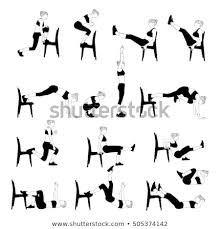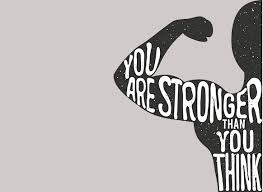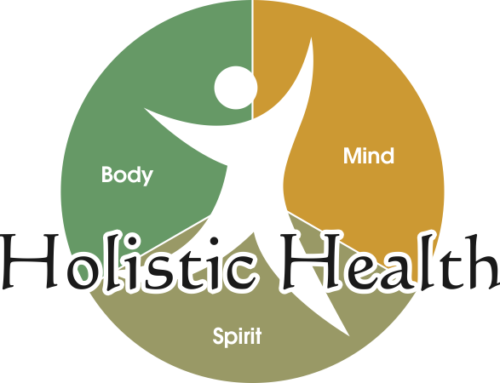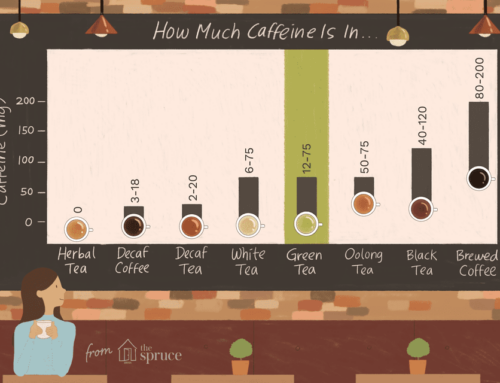 Most, to all patients, have been asked this question; are you doing your home exercises? You start physical therapy in hopes of feeling stronger, less pain, increased range of motion, and/or ability to perform activities in daily life with less restrictions.
Most, to all patients, have been asked this question; are you doing your home exercises? You start physical therapy in hopes of feeling stronger, less pain, increased range of motion, and/or ability to perform activities in daily life with less restrictions.
Physical Therapy appointments are generally set up for 2-3 times a week for a set amount of weeks; 4-6, 6-8, 8-12 etc. Along with these sessions should include a home exercise program for patients to work on at home; possibly on days when not in physical therapy. Studies show that patients demonstrate a non-adherence to home exercise performance as high as 50%. This means that 1/2 of the patients in care tend to not perform home exercises, we as therapist, provide for them. What is the reason/reasons for this?
There are a few factors mentioned in this study that could affect the adherence to home exercise performance, or lack there of. They are known as barrier to initiate behavior change:
Self-Efficacy: a persons self thought on their ability to perform, or perform correctly the task at hand. A person’s feeling that they are doing it wrong or unable to perform the exercise due to past or present participation that might have caused adverse reactions.
Belief and Education of injury: Decisions made based on information provided, past/personal experiences and how it applies to them. Feeling that re-injury could occur without proper supervision or that pain could become worse if performed incorrectly.
Locus of Control: the study explains that a patient’s idea of who is in control of the fate of their healing, affects the adherence to home exercises. Internal locus of control supports the idea of a patient feeling they are in control of the healing outcome; rather than external locus of control in which a patient feels a healthcare professional is solely responsible for the healing process.
Pain: It is believed that if a patient experiences pain during/post performance of their exercises that it affects their adherence to the home exercise program. Along with pain outcome is optimist and pessimist personality; meaning that an outcome, like pain, will occur every time=pessimist; optimist=the pain will go away with continued performance. The study suggested that the pessimistic person displays an increased percent of non-adherence for home exercises.
Physical Activity: a patients activity level prior to pain/injury plays a huge impact on adherence to home exercises. A patient that leads an active lifestyle, in regards to working out, is shown to know how their body reacts to physical activity as well as an increased ability to accommodate a scheduled routine for exercise.
Psychological/complex symptoms: Depression, anxiety, and/or neuroticism carry a high impact on a person’s ability or desire to perform and remain consistent with a home exercise program. Another factor is a patient’s health history or complexity. A patient with fibromyalgia, neurological, or cardiovascular symptoms in addition to an injury or other area of pain might have a more difficult time becoming consistent with a home exercise program.
Social Support: Having a network or group of people that believe in you and support your ways toward change. Sometimes the influence of others can inhibit our desire or determination to stay on track, especially if the network of people are not experiencing or going through the same thing. Not having a strong support system can pull us off track for aimed goals.
Perceived barriers: social lifestyle, work schedule, family dynamics, transportation, time or daily routine, etc are all examples of barriers cited by patients that have contributed to their adherence to a home exercise program.
In addition to the above barriers that might decrease adherence to home exercise performance, studies also have found five models of behavior that patients’ experience that lead to efficacy in consistency for behavior change.
Transtheoretical Models of behavioral change:
Precontemplation: At this stage, there is no intention to change.
Contemplation: There is intent to change, however no steps have been started to make said change. At these two early stages, we tend to find excuses or barriers (as stated above) to monopolize our intent to change a behavior.

Preparation: At this stage we notice a start and stop behavior toward change. We tend to perform exercises or desired behavior part time, at this stage, or become dedicated for a few weeks then stop; start; stop.
Action: This stage demonstrates a consistent behavior change for 6 months or less. Home exercises are generally made for this stage from the therapists’ stand point but patience tend to get stuck in the above stages.
Maintenance: This stage has the greatest outcome for long term change. At this stage there is sustained behavior change for 6 months or more. The desired behavior change has become routine and adherence levels are higher due to a lifestyle customization.
Sometimes a little realization or self reflection helps to guide us to a final outcome. Whether this is internal or from an outside source; I hope these studies help you find your way through the behavioral stages we all tend to struggle with for the final outcome. Own your part for a healthier you; stick to a routine that works for you for a stronger adherence to either home exercises or your goals at hand.

https://www.ncbi.nlm.nih.gov/pmc/articles/PMC5856927/
https://www.jospt.org/doi/pdf/10.2519/jospt.1997.25.2.101






